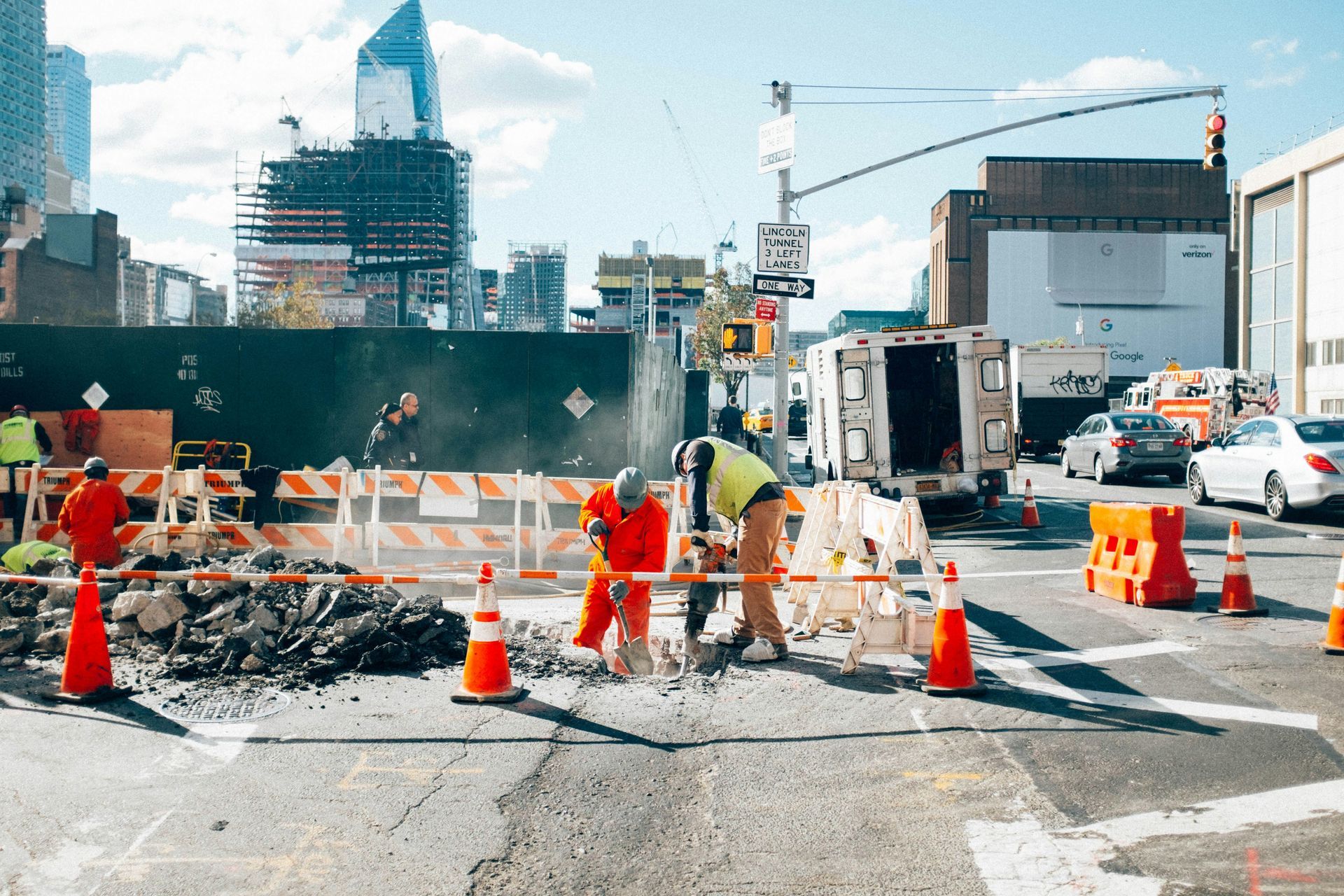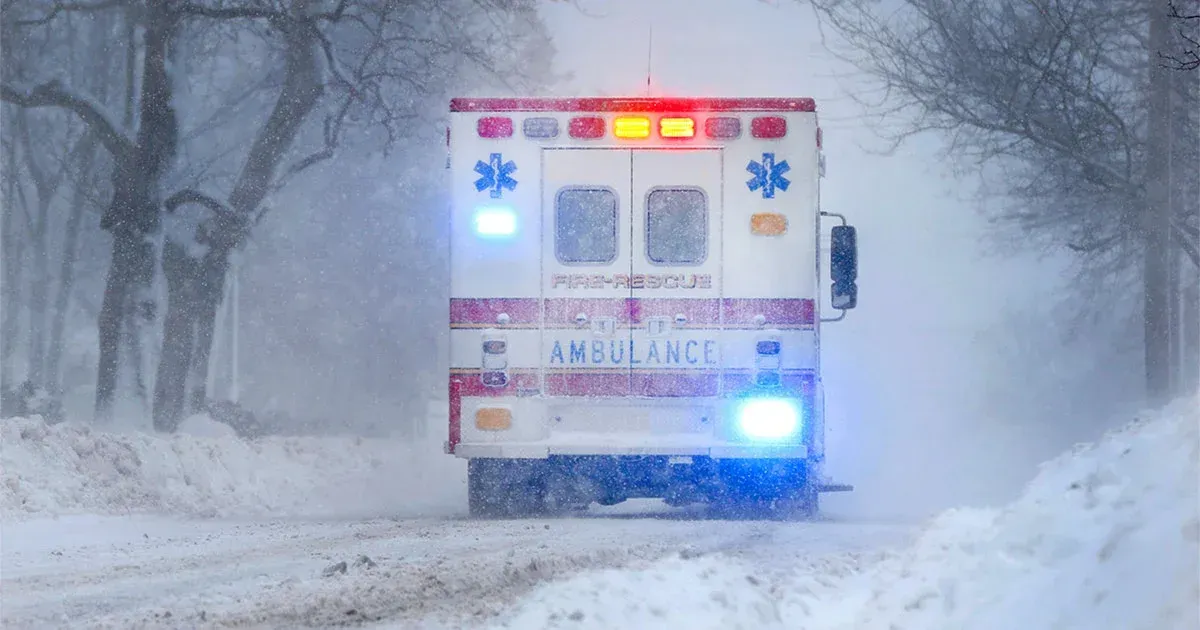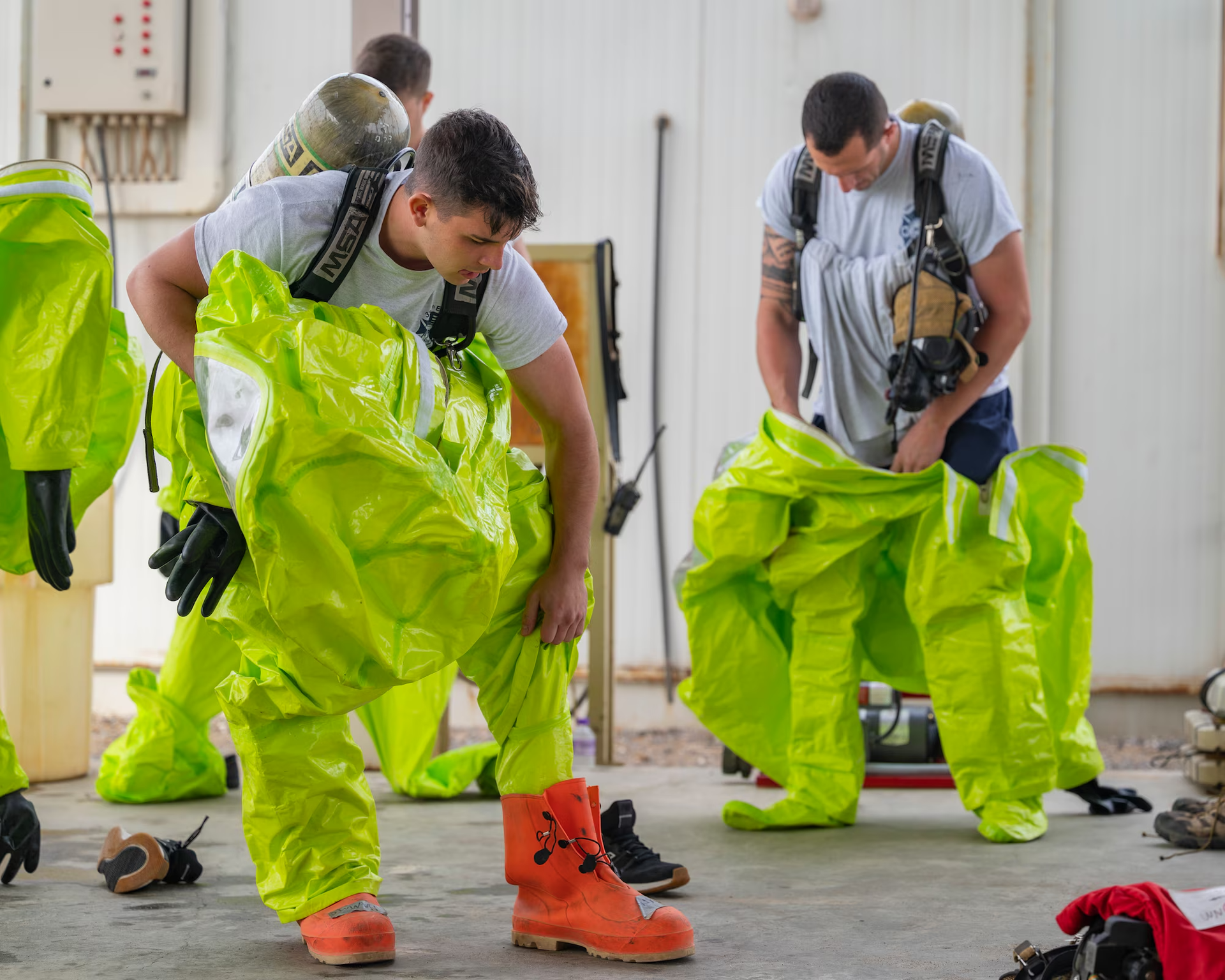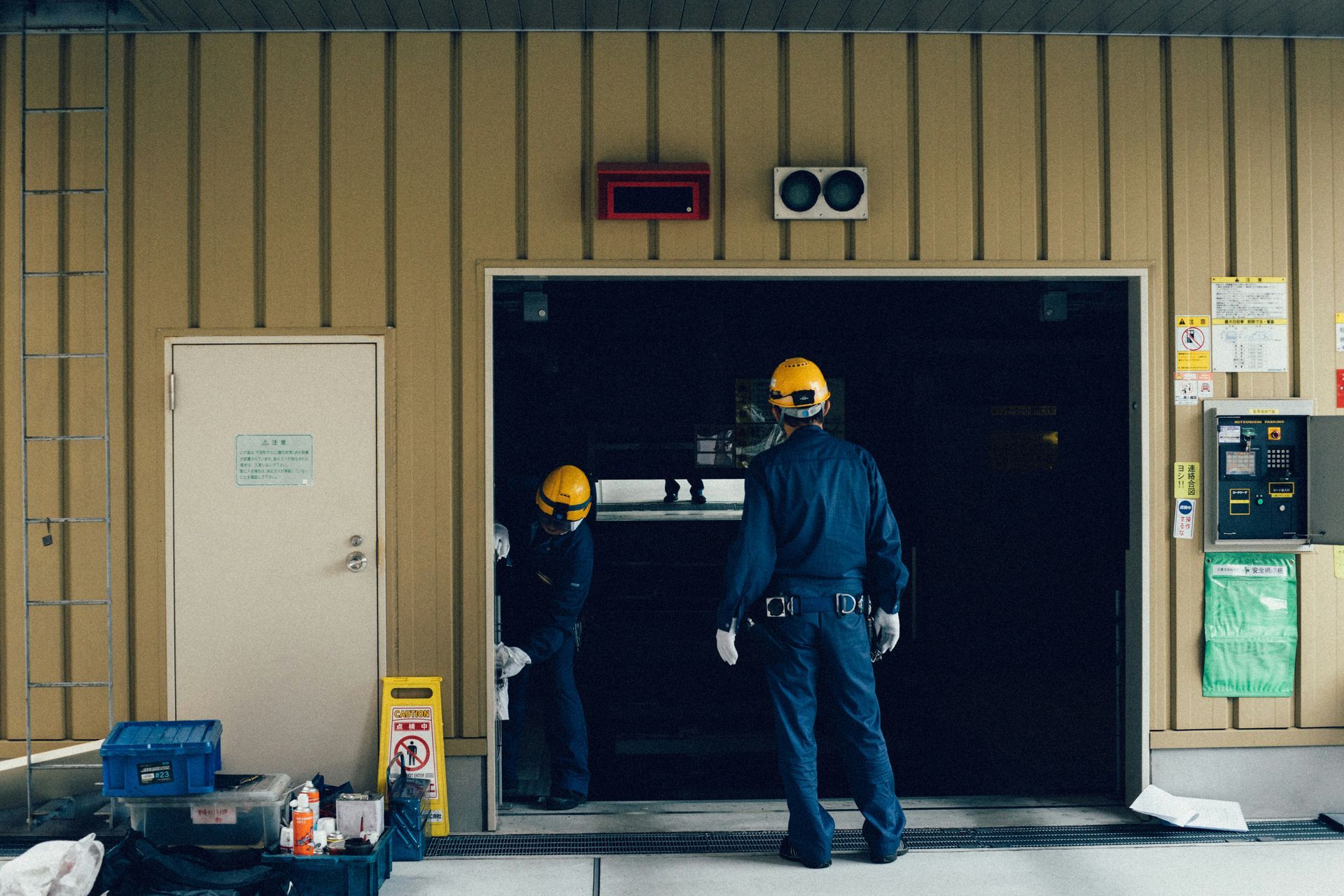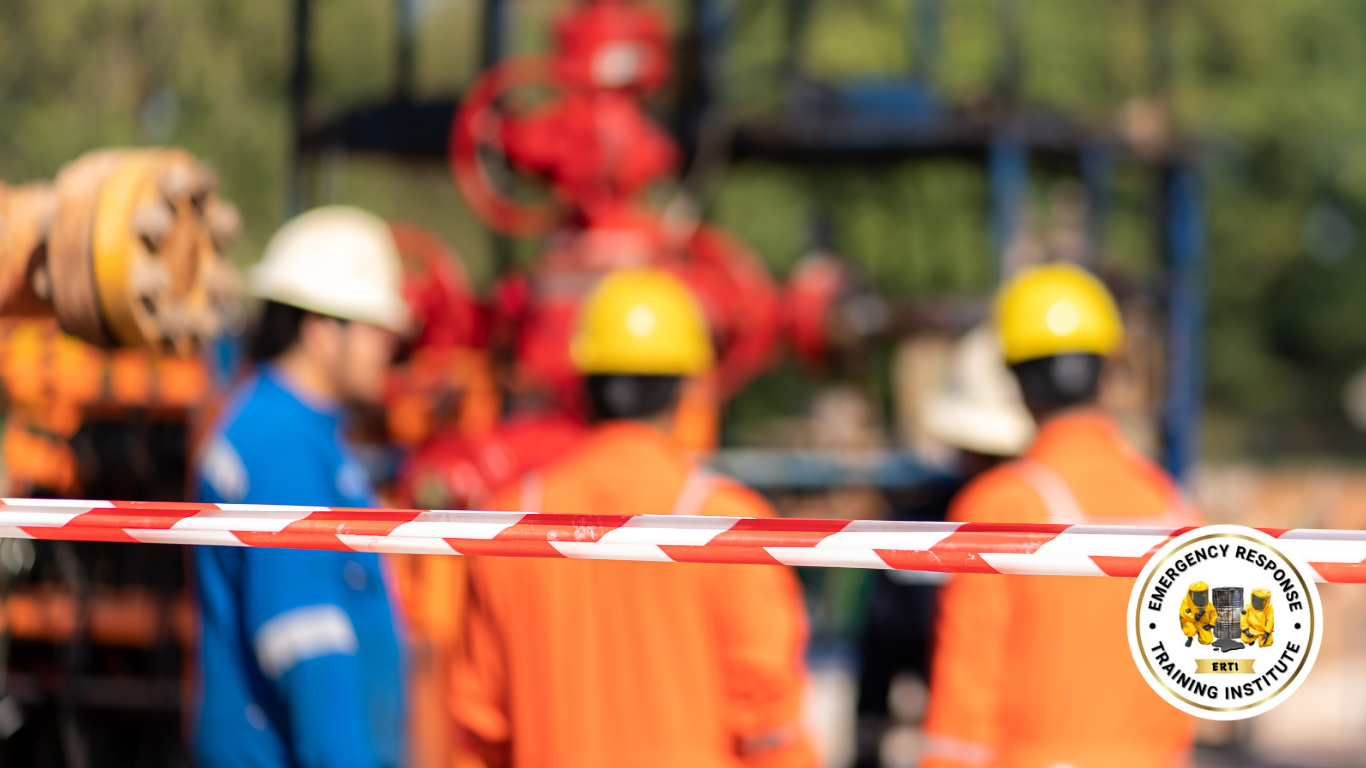Mitigating railway hazmat incidents requires a multi-pronged approach combining robust preventative measures, strategic emergency response plans, and a commitment to community engagement.

Railway systems are pivotal in ensuring smooth transportation of goods and materials. However, managing hazardous materials (hazmat) during transit is a significant responsibility. Any misstep can lead to environmental damage, safety concerns, and substantial legal and financial liabilities for railway operators.
This blog explores three critical strategies for mitigating railway hazmat incidents. Whether you're a railway operator, safety professional, or environmentalist, these approaches will help you understand how to enhance both preparation and response measures in handling hazardous materials.
The Importance of Preventing Hazmat Incidents
Hazmat incidents on railways can have far-reaching consequences. Aside from significant environmental damage, these events can harm neighboring communities, disrupt supply chains, and hurt the reputation of involved entities.
According to the Bureau of Transportation Statistics, U.S. railways alone move about two million carloads of hazardous materials annually, underscoring a complex web of safety challenges. Preparing for potential incidents with a combination of proactive and reactive measures is key to minimizing risks.
Strategy 1: Strengthen Preventative Safety Measures
Preventative measures are the foundation of hazmat safety in railway operations. These precautions minimize the likelihood of an incident occurring in the first place.
1.1 Build a Robust Maintenance Program
Faulty equipment is one of the most common triggers of hazmat railway incidents. A well-oiled maintenance program identifies and rectifies potential issues before they escalate. Regular inspections of tank cars, brake systems, couplers, and other critical systems should be non-negotiable.
Collaborating with experts on advanced inspection technologies, such as ultrasonic testing and thermal imaging, can support more accurate identification of vulnerabilities.
1.2 Train Employees Thoroughly on Hazmat Protocols
Employees are a frontline defense against hazmat incidents. Comprehensive, ongoing training programs ensure your workforce understands proper procedures, material-handling protocols, and emergency response techniques.
For railway operators, leveraging certified hazmat response training offerings (e.g., provided by the Federal Railroad Administration (FRA)) helps guarantee your team operates with the highest safety standards.
1.3 Implement Smart Monitoring Systems
Proactive safety monitoring has received a significant upgrade in recent years with the emergence of smart technologies. IoT-enabled sensors, real-time GPS tracking, and predictive analytics systems can flag abnormalities in tank car pressure, temperature, or stability—providing early warnings long before catastrophes occur.
Strategy 2: Develop a Well-Defined Emergency Response Plan
Even with stringent preventative measures, incidents can still happen. Fast, effective reactions in the immediate aftermath of an event are crucial to reducing impact and saving lives.
2.1 Coordinate with Local Emergency Services
A successful emergency response plan begins with collaboration. Establish partnerships with local fire departments, environmental agencies, and medical services to ensure a synchronized response. Regular drills involving these stakeholders are invaluable for identifying potential weak points in your response plan.
2.2 Create Accessible Incident Command Systems
Efficient chain-of-command structures streamline decision-making and communication during an emergency. Use standardized systems, such as the National Incident Management System (NIMS), to ensure all involved parties work cohesively under pre-established roles and responsibilities.
2.3 Stockpile Necessary Emergency Equipment
From spill containment booms to absorbent materials, stockpiling essential equipment enables immediate action on-site. Railway operators should also ensure these resources are stored across geographical points so they can be deployed swiftly.
Investing in additional resources such as drones for reconnaissance or satellite phones for communication in remote areas can also enhance response capabilities.
Strategy 3: Focus on Sustainability and Community Engagement
Hazmat safety goes beyond internal procedures—it is also about fostering trust and protection for the communities and environments railways intersect.
3.1 Work Toward Sustainability Goals
Railway operators must prioritize environmentally sustainable operations, including strict adherence to hazardous materials guidelines set by bodies like the Environmental Protection Agency (EPA). Adopting more sustainable practices—such as using biodegradable cleaning agents or reducing reliance on especially volatile hazmat products—bolsters long-term safety efforts.
3.2 Conduct Outreach and Community Awareness Campaigns
Proactively engaging local communities can save lives during a hazmat event. Build awareness through public meetings, brochures, or online content about evacuation procedures, safe zones, and emergency contacts relevant to neighbors living near rail lines. Empowered communities are more likely to respond swiftly in emergencies.
3.3 Leverage Data Transparency
Use publicly available reports and dashboards to demonstrate your commitment to safety and environmental protection. Operators like BNSF Railway regularly publish data on their safety measures and environmental impact—leading the way in building stakeholder trust through transparency.
Looking Ahead to Safer Railways
Mitigating railway hazmat incidents requires a multi-pronged approach combining robust preventative measures, strategic emergency response plans, and a commitment to community engagement. By implementing these strategies, railway operators can balance operational efficiency with safety and sustainability.
Are you prepared to evaluate your railway safety protocols? Consider initiating a safety audit or integrating leading safety-monitoring technologies to ensure your systems are up to industry standards. Together, we can create safer and more reliable railways for everyone.
